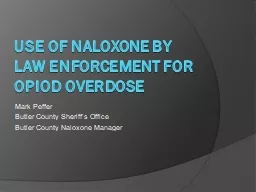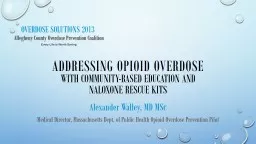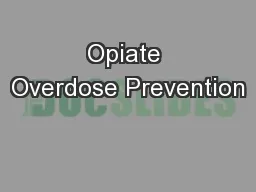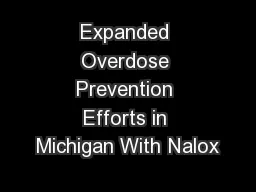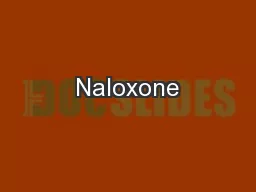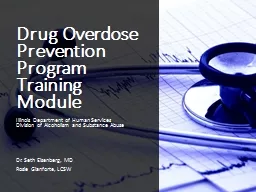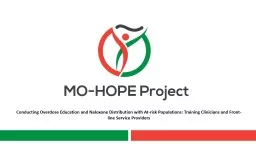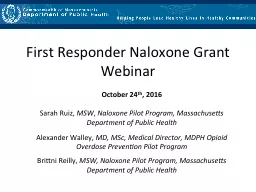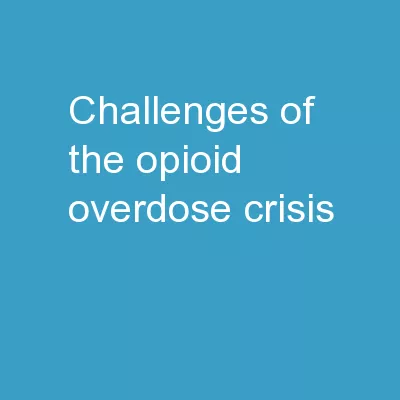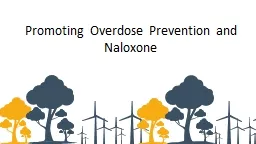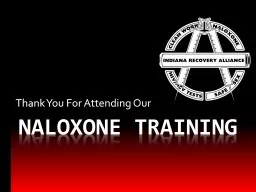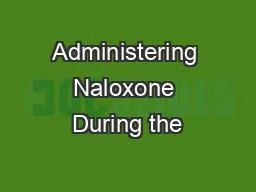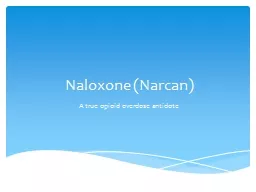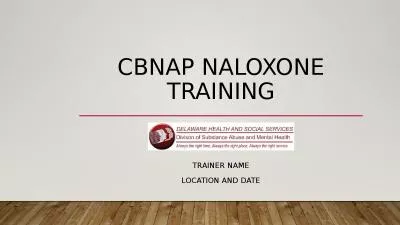PPT-Use of Naloxone by L a w Enforcement for Opiod Overdose
Author : lindy-dunigan | Published Date : 2018-11-06
Mark Peffer Butler County Sheriffs Office Butler County Naloxone Manager Davids Law Opioid Overdose Reversal Act 139 Allows 1 st Responders to possess and administer
Presentation Embed Code
Download Presentation
Download Presentation The PPT/PDF document "Use of Naloxone by L a w Enforcement for..." is the property of its rightful owner. Permission is granted to download and print the materials on this website for personal, non-commercial use only, and to display it on your personal computer provided you do not modify the materials and that you retain all copyright notices contained in the materials. By downloading content from our website, you accept the terms of this agreement.
Use of Naloxone by L a w Enforcement for Opiod Overdose: Transcript
Download Rules Of Document
"Use of Naloxone by L a w Enforcement for Opiod Overdose"The content belongs to its owner. You may download and print it for personal use, without modification, and keep all copyright notices. By downloading, you agree to these terms.
Related Documents

